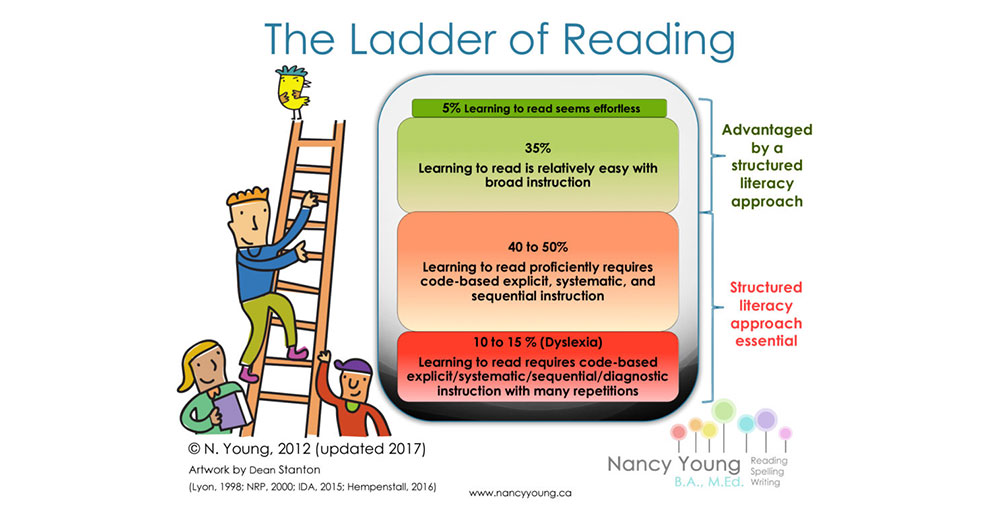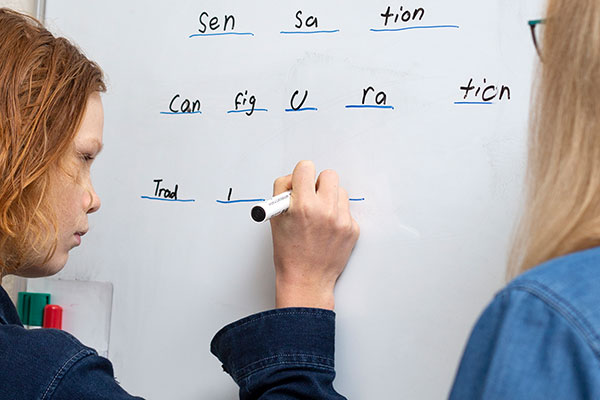
Dyslexia & MSL
Extensive evidence-based literacy research demonstrates that Structured Literacy (SL) is the most effective teaching approach for ALL students learning to read, especially those with dyslexia. MSL (Multisensory Structured Language) refers to both the content and methods or principles of instruction.
MSL Principles: How is MSL taught?
Explicit: direct teaching of all concepts with continuous student-teacher interaction.
Systematic and Cumulative: the organization of content is logical and sequential, with each new concept building upon previously learnt skills. Concepts are systematically reviewed to strengthen memory.
Multisensory: links are made simultaneously between the visual, auditory and kinaesthetic pathways of the brain to enhance memory and learning.
Diagnostic: teaching is personalised and planning is based on careful and continuous assessment of the individual’s needs with prompt, corrective feedback.
MSL Content: What is taught?
Phonological and Phonemic Awareness: the study of the sound structure of spoken language and the ability to distinguish/segment/blend/manipulate sounds.
Sound-Symbol Correspondence: the knowledge of the various sounds in the English language and their correspondence to the letters and letter combinations which represent these sounds.
Patterns and Conventions of Print (Orthography): conventions and spelling patterns in the writing system, including the six basic written syllable patterns.
Morphology: the study of base words, roots, prefixes and suffixes.
Syntax: word order, sentence structure and grammar.
Semantics: the meaning and comprehension of written language.
Learn More

